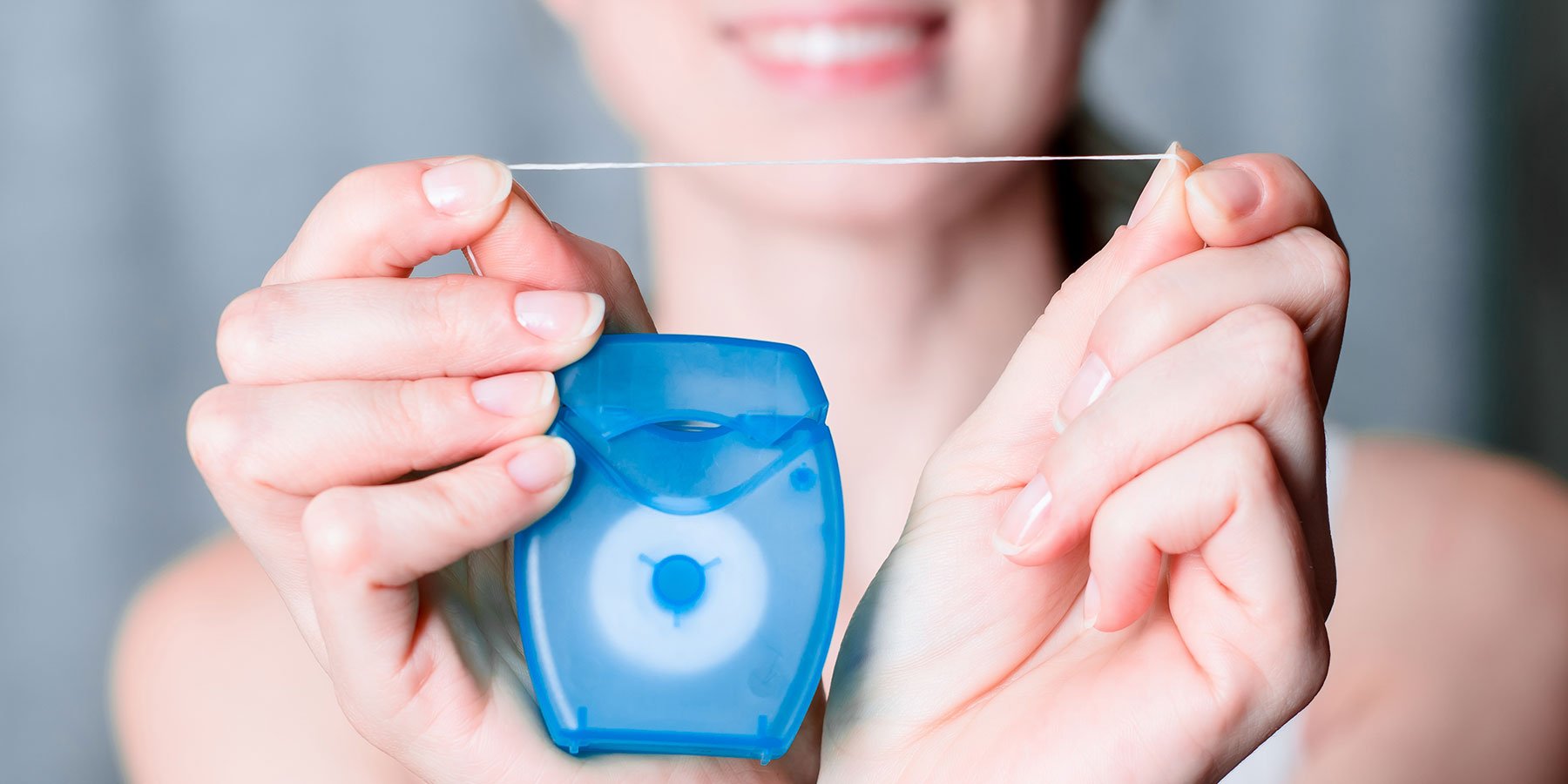
At one point in all our lives, we have been told to floss during a dental appointment by a dentist or a dental hygienist. Ever wondered why is there so much fuss about this oral hygiene practice? If yes, then read ahead as we discuss the truth about flossing.
If I Brush My Teeth Do I Have To Floss?
Toothbrushing alone cannot effectively clean between the tight contact spaces of teeth. This is where flossing comes to the rescue and can help you clean these hard-to-reach surfaces.
Benefits Of Flossing
Flossing helps to remove plaque and food debris that collects between your teeth.
- Flossing ensures complete oral hygiene by proper plaque removal.
- Prevents dental cavities.
- It prevents gum diseases and ensures good gum health.
- Polishes the tooth surface and can prevent the occurrence of bad breath.
If not removed, the bacteria in dental plaque can buildup on your teeth causing cavities and must be removed by a dental professional. If plaque is not removed, tartar (called calculus) will buildup and can lead to swollen and bleeding gums also known as a condition called gingivitis.
The Correct Way To Floss
Two methods can be employed for proper flossing.
- Spool method (finger wrap method)
You start by cutting off a piece of floss about 18-20 inches long. Hold this piece of dental floss by the ends and wrap most of it around the middle finger of both hands. Hold the floss tightly between your thumbs and index fingers, gently sliding it up and down between your teeth. Using your index finger as a guide, insert this floss between two teeth and go in an up and down motion. Curve the floss in a “C-shape” around the base of each tooth to gently clean beneath the gumline. Use clean sections of floss as you move to other teeth in the mouth. You may feel a slight resistance while inserting the floss but never snap or force floss, as you could damage your gums. To remove floss, gently use the same sliding motion to bring it back up and away from the teeth. Please start with the back teeth of either side and make your way to the front and finish it on the opposite side’s last teeth. Make sure you cover all your teeth in the upper and lower jaw
- Loop method (Circle method)
Cut off around 18 inches of floss and tie the two loose ends firmly to form a circle. Follow this by placing all your fingers inside the loop except the thumb, making it tight. Use your index finger to guide the floss when working on lower teeth and the thumb on the upper teeth. Insert the floss between your teeth, push it down, reaching below the gum line, and come up while making a c-shape on either side of the tooth. Make sure you cover all the tooth surfaces on the upper and lower teeth.
Alternatives To Flossing
Flossing is a crucial and irreplaceable part of a dental routine. However, if traditional flossing methods are not your thing, there are a variety of techniques and products to ensure the health of your smile.
- Water flosser removes the plaque and debris with the help of a high-pressure water stream.
- Interdental brushes or floss picks can be inserted between the two teeth to ensure proper plaque removal.
- Dental tape has a wide and flat surface and can prove to be an excellent option for people with gaps between teeth.
Please reach out to us if you have any more questions or want to schedule an appointment. Our team of excellent dental professionals is here to assist you in your journey to excellent oral health from all 7 locations in the Madison area.




